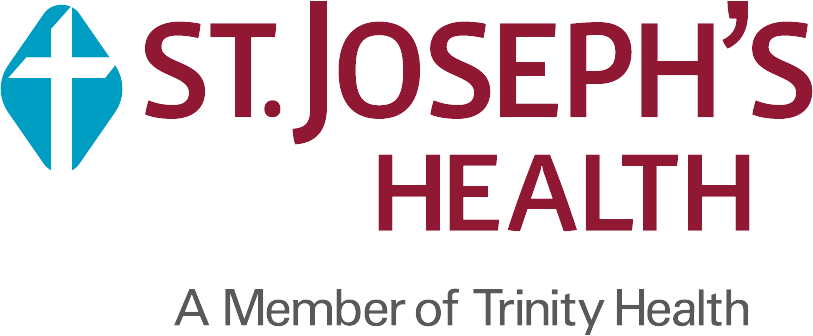Procedures
Upper Endoscopy
Also known as EGD (esophagogastroduodenoscopy), an Upper Endoscopy is a procedure used to view the esophagus, stomach, and part of the small bowel. This examination looks for signs of reflux, peptic ulcer disease, or tumors. It is one method in a patient’s treatment plan to determine the suitability of surgery. EGD is more accurate than X-rays for identifying inflammation, detecting abnormal growths such as ulcers, tumors, or cancer, and for examining the inside of the upper digestive system.
Barium Upper GI
This is a series of X-ray films that show the digestive tract. A liquid barium solution is swallowed while several X-ray films are taken. This temporarily coats the lining of the esophagus, stomach, and intestine, making the outline of these organs visible on the X-ray film. The X-rays show how the solution is traveling from the mouth to the esophagus and into the stomach. This is performed to visualize the presence of reflux, hiatal hernia or obstruction.
Esophageal pH Monitoring
This procedure is preformed to measure the reflux of acid from the stomach into the esophagus that occurs in GERD (pH measures the acidity or alkalinity of a solution). It is used to evaluate for GERD and to determine how medication is working to prevent acid reflux. It is also helpful in evaluating typical symptoms that do not respond to medications. Two different types of pH monitoring can be used. Your gastroenterologist will discuss which one is best for you.
Esophageal Manometry
This is a test used to identify problems with movement and pressure in the esophagus that may lead to problems like heartburn. It measures the strength and muscle coordination of the esophagus during swallowing. The information obtained from this test can help doctors to identify esophageal problems. This test will allow the doctor to examine the muscular valve connecting the esophagus with the stomach, called the lower esophageal sphincter, as a factor in determining suitability for a LINX implant.
Hiatal Hernia Repair and Fundoplication
Surgical repair of a hiatal hernia involves tightening the diaphragm opening and wrapping the upper stomach around the esophagus using stitches in both areas. This prevents acids and food from flowing into the esophagus. An available surgical alternative is fundoplication, where the doctor attaches small clips to the point where the esophagus meets the stomach. This can have the same effect of keeping foods and acids out of the esophagus.
LINX Procedure
The LINX Implant Procedure is a surgical treatment for heartburn and/or GERD. It is a small device about the size of a quarter made of permanent magnets surrounded by titanium beads. The LINX implant helps to strengthen and reinforce the valve between the esophagus and the stomach. This stops acid from entering the esophagus easily. LINX is implanted through a minimally invasive laparoscopic/robotic procedure around the esophagus where it connects to the stomach. It is designed to restore your natural reflux. LINX is removable should the need arise for other treatment options. LINX is a treatment intended for patients diagnosed with GERD who continue to have symptoms even while taking medication. There is no alteration of the stomach necessary. At this time, The Heartburn Center at St. Joseph’s Health is the only facility in Central New York to offer this state of the art procedure.
LINX is constructed so that full normal physiological function is preserved. After a brief healing period, a patient can return to their normal diet as soon as this can be tolerated. Typical physical activity can be resumed quickly, usually within a few days. Additionally, LINX is designed to preserve the ability to belch or vomit if necessary. It is removable should the need arise for other treatment options. The LINX device will not affect airport security. Two models of the device will allow you to have an MRI. You should discuss the MRI scanning options with you doctor while you are considering this surgical treatment.
